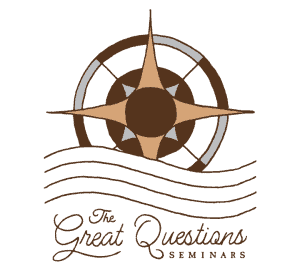‘Sensory perception stops at its exterior, while anatomy (dissection) enables us to learn about the interior; the hidden part consists of the powers of its mind. These mental powers motivate the human being, and cause it to carry out its various activities and behave as a human being’. To Ibn Sina, the human is a tangible body on the outside, revealed within by means of anatomy…
by Cem Nizamoglu-muslimheritage.com
980–1037 CE
The Persian polymath Avicenna (Abū ʿAlī al-Ḥusayn ibn ʿAbd Allāh ibn Al-Ḥasan ibn ʿAlī ibn Sīnā, 980–1037) completed his Canon of Medicine (Al-Qānūn fī al-ṭibb) during the first quarter of the eleventh century. This masterpiece was destined to become one of the most influential medical texts in both the Arabo-Islamic world and in pre-modern Europe, an influence that lasted until the eighteenth century. In the five books of the Canon, Avicenna effectively organized in a synthetic and didactic structure the teachings of Graeco-Roman physicians that had been translated into Syriac and Arabic in the eighth and ninth centuries and assimilated in the wider medieval Islamic world.
rayy, iran
How far back?
2020 | Present

